Its been a while since I had an update to my Personal Photography Project.
You can check out this post for a more detailed explanation, but essentially my aim with this is to show you some pictures of invertebrates, and by using the simple black background you can appreciate how beautiful they are.
Previous Themes:
Spiders - Butterflies - 'Green' - 'Moth Trap Finds' - Highlights - Caddisflies - Ladybirds - Hoverflies
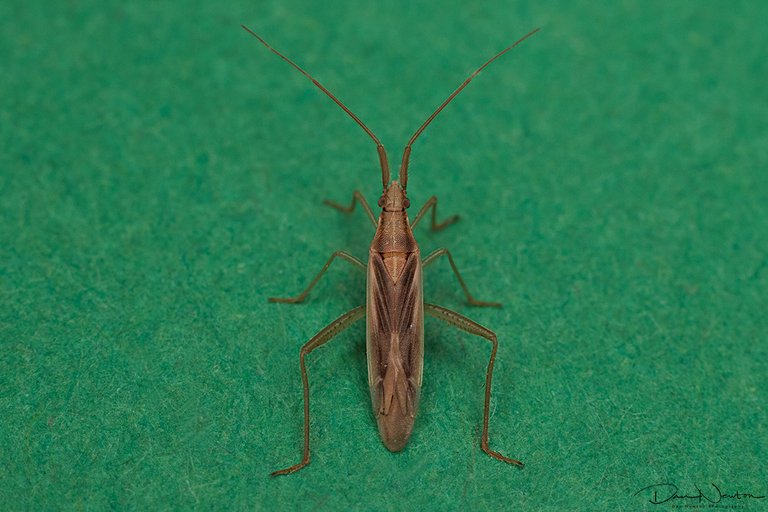
Grass Bug - Stenodema laevigata
For this week I will show some of the different Bugs I have seen in the garden. Here in the UK the word 'bug' can often be used interchangably with 'insect' or 'invertebrates'. When someone says "Bugs are awesome!" they often mean to say that they think all the various groups of insects are awesome.
For the purposes of this post however, I am referring to a certain group of insects: Bugs which belong to the Hempitera Order (sometimes referred to as 'True Bugs' to avoid problems with the name)
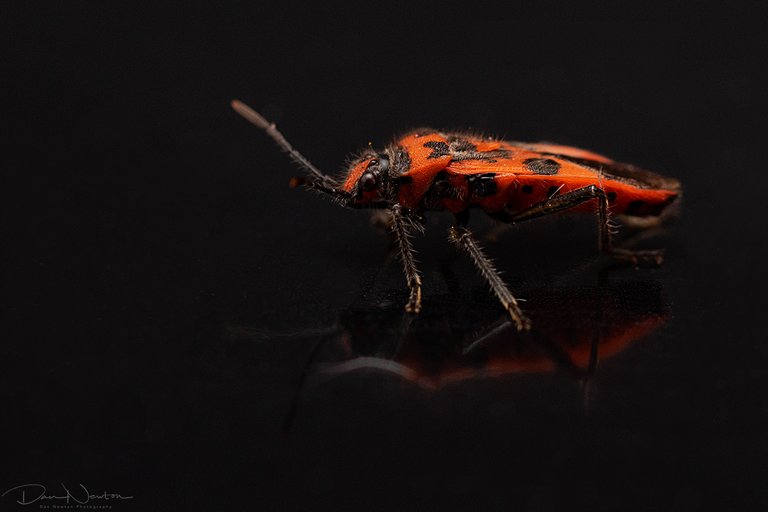
Corizus hyoscyami
As with many other groups of insects, there is a wide variety of species to see, and a lot of them can look very similar each other, such as the first image of the Stenodema laevigata.
There are a few that are comparatively easy to ID such as this Corizus hyoscyami. A brightly coloured and distinctive looking insect is part of the Rhopalidae Family of True Bugs. Here in the UK there is only 1 other species that looks similar (Firebug - Pyrrhocoris apterus) and is much rarer and only seen in specific locations on the South Coast. If you see a small Black and Red Bug anywhere else in the UK it is almost certainly Corizus hyoscyami.
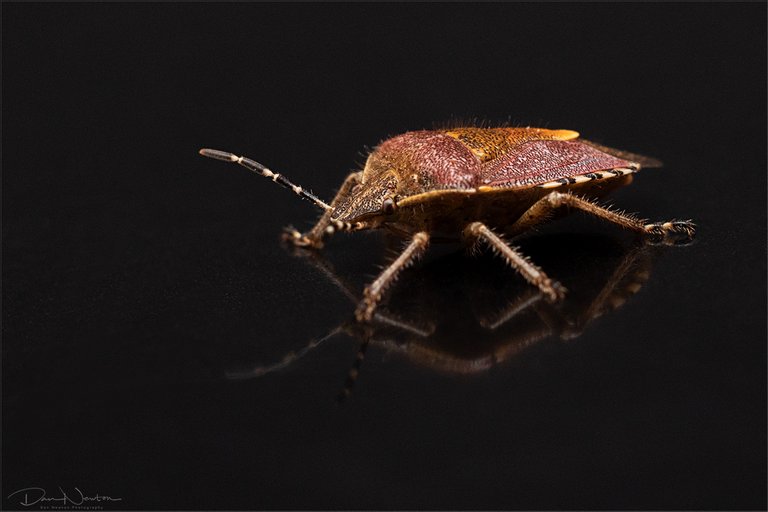
Hairy Shieldbug - Dolycoris baccarum
Another True Bug that is easy to ID is this Hairy Shieldbug. Tip, you can see lots of fine hairs covering its legs and back in this image.
A very common species here in the UK, seen in parks and gardens and other similar habitats.
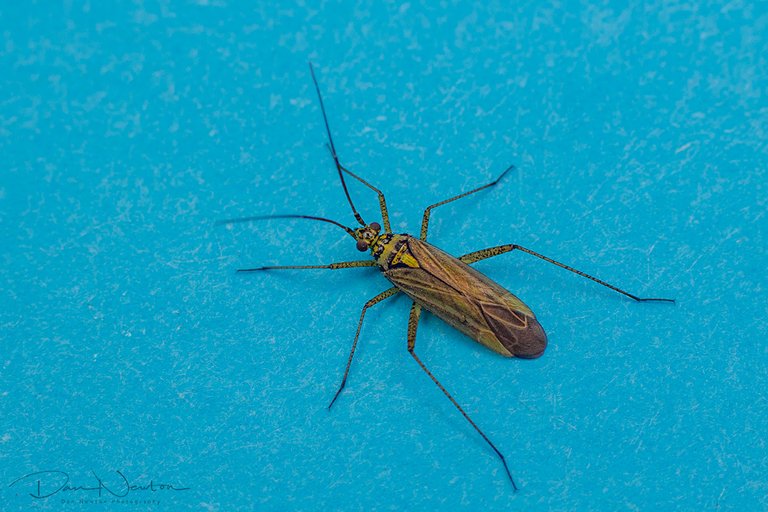
Oncotylus viridiflavus
This Bug belongs to the Miridae Family. Reasonably common in the UK, and the adults are often seen feeding on the flowers of various Knapweeds. The larvae feed on the leaves/stem of the Knapweed instead.
Miridae (Mirid Bugs) are often called Plant Bugs, as the larvae feed on the plant itself. Lots of Bugs are vegetatrian, but there are many species that feed on other insects too.
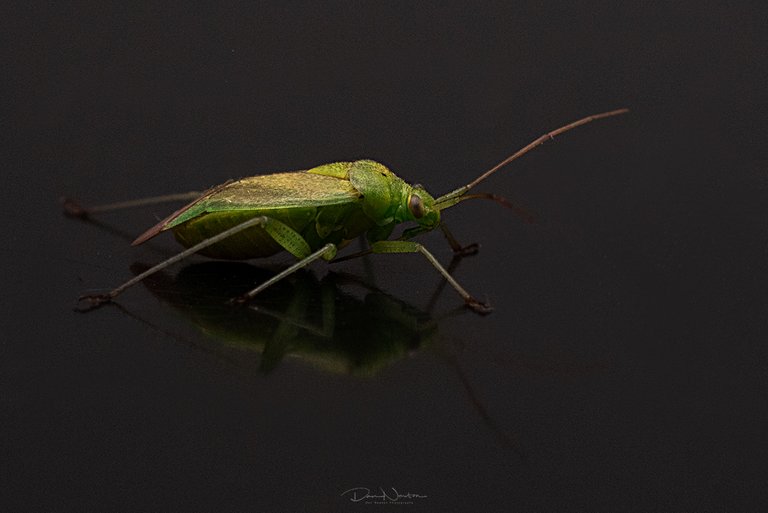
Potato Capsid Bug - Closterotomus norwegicus
Another type of Mirid Bug, this Potato Capsid Bug again feeds on plants, in this case Nettles and Clovers. I am not sure where the 'potato' name comes from... perhaps gardeners often find them near potato plants?
Who knows... its a fantastic little Bug to see and photograph, and thats all I care about!
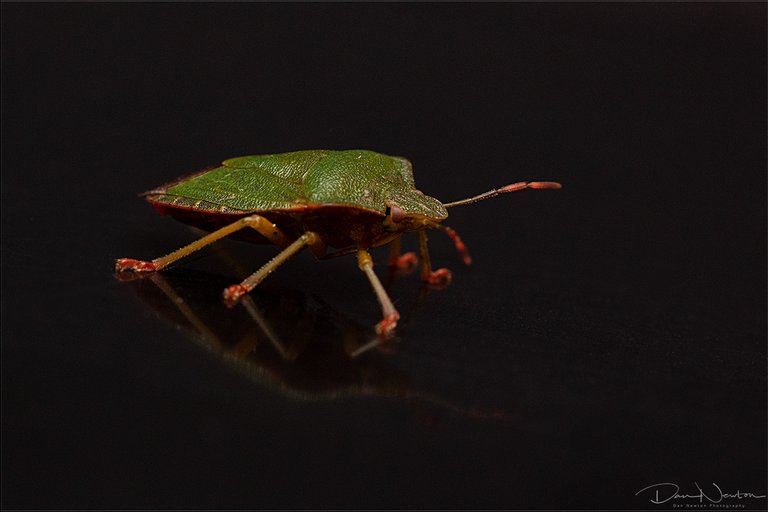
Green Shield bug - Palomena prasina
I will finish this series with another Shield bug, and possibly one of my fave images out this Portrait Project: The Green Shield Bug
While in my care, all individuals are looked after, and after Photographs have been taken, they are all released safely outside.

If you have any thoughts or opionions on this article then I'd love to see your comments.
And if you really like the content then maybe you would like to upvote or re-hive it.

Check out my website for more of my work.

Another excellent post Dan, one thing I loved was the point about the creatures being cared for and then put back in to the wild. I don't agree with photographers that kill the insects just for a photograph, you certainly do it right, and it pays dividends within the end products, keep up the fantastic work.
Hi @dannewton,
Thank you for participating in the #teamuk curated tag. We have upvoted your quality content.
For more information visit our discord https://discord.gg/8CVx2Am